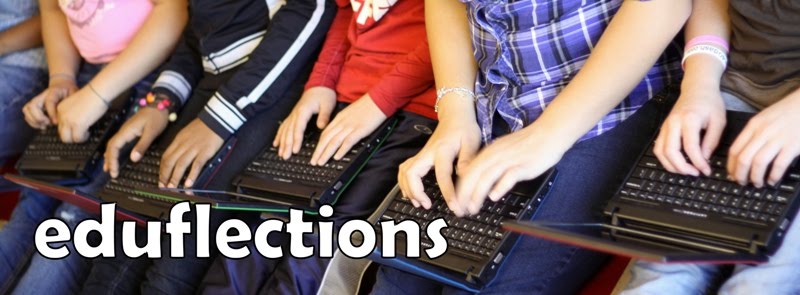Annabeth had the idea to write a mystery for the class (that's right folks; a middle school student ASKED to write). She wanted to call it "The Case of the Missing Teacher." I would be the missing teacher. She wrote down some initial ideas which included reaching out to a fellow 6th grade teacher, both of our administrators, our school counselor, and our school librarian. With little prompting, she applied everything she had learned about the structure of a well-written, highly interesting mystery. She spoke with each of the individuals to plan their role in our mystery, making sure that supervision of students would not be an issue (I was hidden in a storage room which backs up to our classroom, giving me the ability to hear their conversation).
 The first clue was in the form of a warm-up with grammatical errors; using each error, the students could put together the name of the first individual who held the key to their journey to find their missing teacher. With a smile, Annabeth told me that the dead giveaway that the warm up was not from me was the fact that it told them to do a packet of worksheets. For each of the subsequent clues, Annabeth composed a poem with a riddle for the class to solve. It was so interesting to listen to the students working together to find me. It took them an hour and twenty minutes. Once found, and rescued, they students stumbled over one another trying to tell me about their adventure. They bragged on their ability to apply their knowledge and rescue me from "my kidnapper." They explained how what we had been learning about analyzing text, listening, problem-solving, and sharing ideas was the key to solving the mystery. Then it was revealed that this experience was not orchestrated by me at all....it was their peer, Annabeth. Needless to say, they were impressed and begged to do this again.
The first clue was in the form of a warm-up with grammatical errors; using each error, the students could put together the name of the first individual who held the key to their journey to find their missing teacher. With a smile, Annabeth told me that the dead giveaway that the warm up was not from me was the fact that it told them to do a packet of worksheets. For each of the subsequent clues, Annabeth composed a poem with a riddle for the class to solve. It was so interesting to listen to the students working together to find me. It took them an hour and twenty minutes. Once found, and rescued, they students stumbled over one another trying to tell me about their adventure. They bragged on their ability to apply their knowledge and rescue me from "my kidnapper." They explained how what we had been learning about analyzing text, listening, problem-solving, and sharing ideas was the key to solving the mystery. Then it was revealed that this experience was not orchestrated by me at all....it was their peer, Annabeth. Needless to say, they were impressed and begged to do this again.So as a classroom teacher, what can we take away from this experience? The answer to this question could easily become a series of blog posts. Personally, it showed the importance of listening to our students. If I had not been open to Annabeth's ideas and willing to help guide her through the logistical aspect of this project, my students would have missed out on the opportunity to put their knowledge and abilities to the test in an authentic manner. They learned firsthand the important of working together, problem solving, investigating options, following a process, communicating clearly, and analyzing text. Annabeth had the joy of seeing the impact that her writing, planning, and implementing had upon the learning of all of us.
Sometimes as teachers we get in the mindset of "no." We see the obstacles, not the possibilities. We worry about "covering the standards" or marking everything off of a checklist. I know I always feel like there isn't enough time to provide my students with all of the learning experiences that I want for them. However, look at the learning that would not have transpired if I had said "no." Annabeth and her creative ideas reminded me that I need to live in a Yes-World. I need to make sure that I am not so busy that I don't stop to listen to my students' ideas. After all, it is not about me at all. It is really all about them.
Thank you, Annabeth, for the reminder.

No comments:
Post a Comment